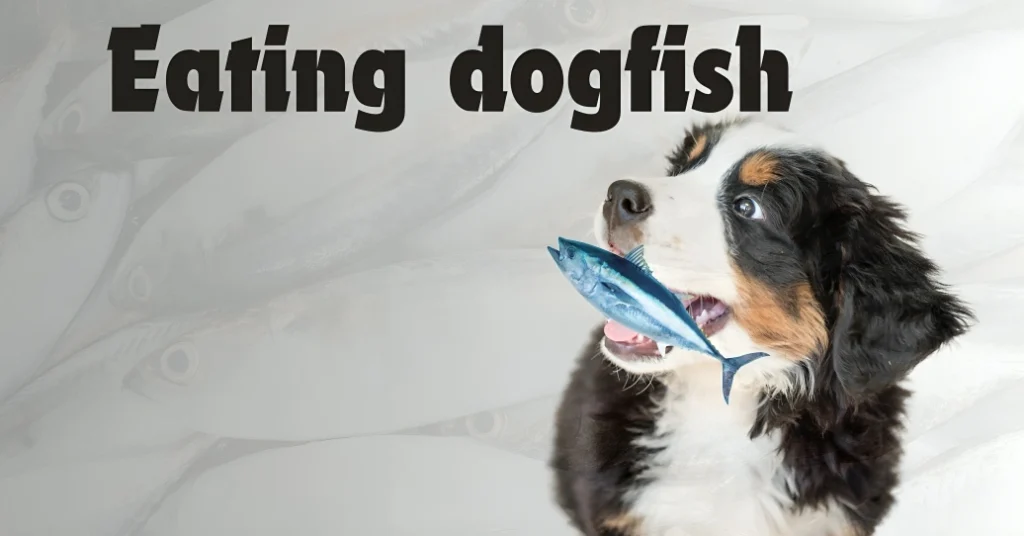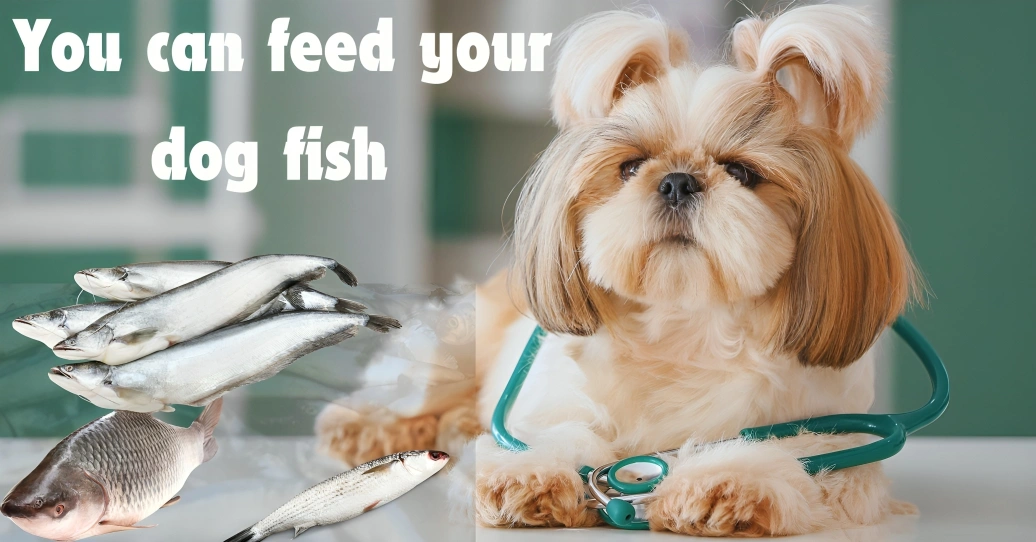Can Dogs Eat Fish?
Can dogs eat fish? Yes, fish can be a healthy addition to your dog’s diet, offering important nutrients like protein and omega-3 fatty acids. Cooked and deboned options, such as salmon or sardines, are safe for dogs to eat, but raw fish or those high in mercury, like tuna, should be avoided. When properly prepared, fish can enhance your dog’s skin, coat, and overall health, providing a nutritious alternative to standard meat-based meals.
Benefits Of Fish For Dogs
Fish is a highly nutritious protein source for dogs, offering essential omega-3 fatty acids that promote a healthy coat, skin, and overall well-being. It’s especially beneficial for dogs with food allergies to more common proteins like chicken, providing a novel protein option.
The anti-inflammatory properties of omega-3s can help manage conditions like arthritis and inflammatory bowel disease, making fish a valuable addition to a dog’s diet.
However, when introducing fish, it’s essential to start with small portions to monitor for any allergic reactions or digestive upset. Consulting with a veterinarian ensures that your dog’s nutritional needs are fully met, especially if fish becomes a regular part of a home-cooked diet.
Best Types Of Fish For Dogs
Salmon:
Rich in omega-3 fatty acids and selenium. Cook thoroughly and avoid smoked varieties due to high salt content and potential bacteria.
Whitefish:
Includes ocean and lake whitefish. It is lower in mercury and a good protein source.
Herring:
Provides omega-3s with lower mercury levels. Opt for fresh or canned water.
Flounder:
Mild flavor and good protein source.
Sardines:
Offers essential fatty acids. Choose fresh or canned in water and avoid frying.
Cod:
Common in commercial dog food; a solid protein option.
Haddock:
Rich in omega-3s; ensure it’s cooked before serving.
Tilapia:
Mild flavor; cook thoroughly and avoid seasoning.
Risks Of Feeding Fish To Dogs
Feeding fish to dogs can be beneficial, but proper preparation is crucial to avoid potential health risks. Cooking fish with excessive oil or adding seasonings can lead to gastrointestinal issues or even pancreatitis, especially if the seasonings contain toxic ingredients like garlic.
significant danger is fish bones, which can cause choking or severe internal injuries. Additionally, raw fish pose risks of harmful bacteria such as listeria or salmonella, leading to digestive upset.
Canned fish in oil, like anchovies or sardines, can contribute to obesity and pancreatitis if given in large quantities. To safely include fish in your dog’s diet, ensure it is thoroughly cooked, remove bones, and avoid high-oil or seasoned options.
Can Dogs Eat Raw Fish?
Feeding raw or undercooked fish to dogs is strongly discouraged by veterinary experts due to significant health risks. Raw fish can harbor harmful parasites and bacteria, such as salmonella, Listeria, and E. coli, which pose serious risks to dogs and humans.
These pathogens can lead to severe health issues like vomiting, diarrhea, and potentially fatal conditions like salmon poisoning disease, which is particularly dangerous if left untreated.
Cooking fish thoroughly eliminates these risks by killing parasites and bacteria, making it safer for dogs. Properly cooked, deboned fish provides a digestible source of protein without the dangers associated with raw fish. Therefore, to ensure your dog’s and your family’s health and safety, it is crucial to avoid feeding raw fish and opt for well-cooked fish instead.

Can Dogs Eat Fried Fish?
Although fully cooked, fried fish poses several health risks for dogs due to the heavy oils and butter used in its preparation. While cooking eliminates the threat of parasites and bacteria, the high-fat content can lead to gastrointestinal issues like vomiting and diarrhea.
More concerning is the potential for pancreatitis, a condition caused by consuming too much fat, which inflames the pancreas and can lead to serious health complications. Even small amounts of fried fish can disrupt a dog’s digestive system, making it a poor choice for their diet.
To ensure your dog enjoys the benefits of fish without the risks, it’s essential to opt for healthier cooking methods. Baking, steaming, or boiling fish without oils or seasonings provides a safer and more nutritious option.
Avoid fried food altogether, as the adverse effects of fats and oils far outweigh the nutritional benefits of the fish itself. By preparing fish in a simple, healthy way, you can offer your dog the essential nutrients they need while avoiding the dangers associated with fried foods.
How To Cook Fish For Dogs
When preparing fish for your dog, it’s essential to cook it thoroughly without any seasonings or harmful additives like garlic, onion, or butter. Grilling, steaming, and boiling are all excellent methods that avoid the use of excess oil or fats, ensuring a healthier meal for your pet.
Fish should always be cooked to an internal temperature of 63°C (145°F) to eliminate bacteria and parasites, and it’s crucial to follow FDA guidelines for proper storage to prevent contamination. High in omega-3 fatty acids and packed with essential nutrients like Vitamin D, fish can be a beneficial addition to your dog’s diet when prepared correctly.
Frying should be avoided due to the heavy oils used, which can lead to health issues like pancreatitis. Additionally, bones should be permanently removed to prevent choking or internal injuries. Fish should be fed to dogs plain, as typical human seasonings can cause stomach upset or toxicity. Lastly, if your dog consumes raw fish from natural water sources, monitor it closely for signs of gastrointestinal distress and consult a vet if symptoms occur.

Can Dogs Eat Fish Skin Or Bones?
Feeding your dog fish requires careful preparation to ensure their safety. While fish can provide beneficial nutrients like omega-3 fatty acids, it’s essential to avoid giving them uncooked fish skin, which can carry parasites and bacteria.
Similarly, fish bones, heads, tails, and fins should be avoided as they can pose choking hazards or cause internal injuries, like perforation of the digestive tract. Small, brittle fish bones can easily lodge in a dog’s throat or intestines, leading to painful and potentially dangerous situations.
Even though some dogs may have consumed fish bones without apparent harm, it’s always better to err on the side of caution and remove all bones before feeding. Properly deboning, cooking, and cleaning the fish will make it a safe and nutritious meal for your dog. Always keep an eye on them while eating and contact a vet if any issues arise.
How To Add Fish To Your Dog’s Diet
Adding fish to your dog’s diet can offer significant health benefits, including essential omega-3 fatty acids, proteins, and vitamins. It can be included either as a treat alongside a balanced commercial diet or as part of a carefully planned home-cooked meal. Consulting with a veterinary nutritionist is advised to ensure your dog’s diet remains nutritionally complete and balanced.
When preparing fish for your dog, always cook it thoroughly and avoid using harmful additives such as oils, butter, or seasonings. Critical parts like bones, fins, and heads should be removed to prevent choking hazards and potential internal injuries.
Opt for methods like steaming or baking to preserve the fish’s nutritional value without introducing excess fats. Introducing fish gradually into your dog’s diet is essential to monitor for any adverse reactions. Safe fish options include salmon, tuna, and cod,







